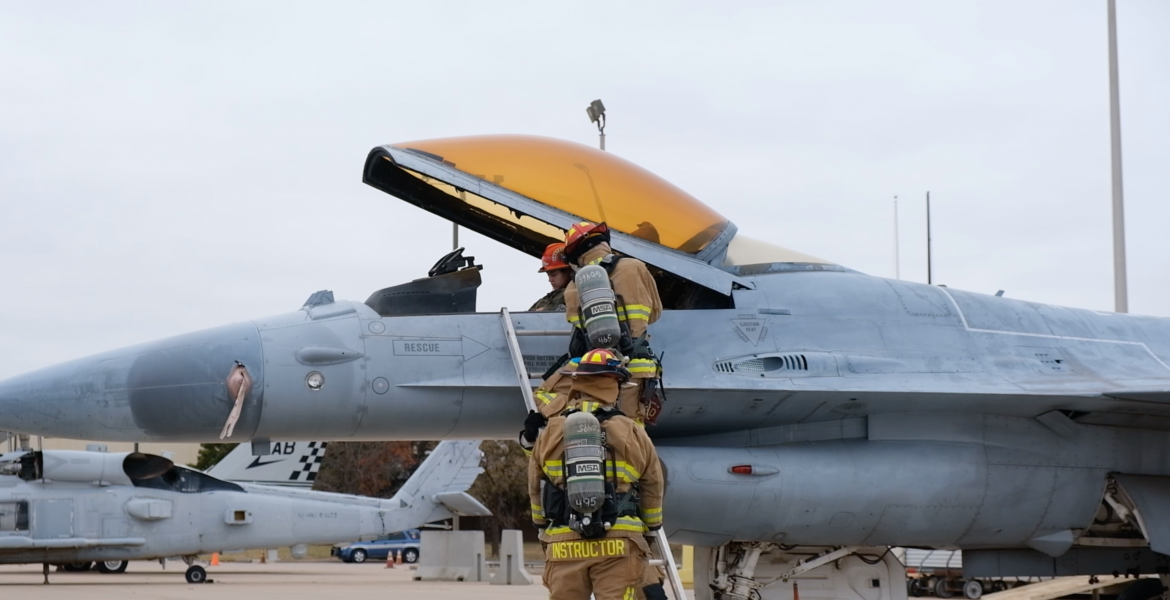San Angelo Police Chief Tim Vasquez spent his early afternoon Tuesday talking about the Open Carry Gun Law and how it affects businesses in San Angelo. His presentation was featured at the San Angelo Chamber of Commerce monthly membership luncheon at the Pearl on the Concho.
Chief Vasquez began the briefing with some statistics. He said, in 2013, there were 51,000 convictions for serious crimes and of those, 0.3% were concealed handgun license issues. Out of 364 homicides, three were committed by CHL holders. There are also an estimated 850,000 concealed handgun holders in Texas. Vasquez added that the first gun restriction in the state of Texas was in 1871. Also, DPS has stated about 3.4% of our state population are gun holders.
The entire presentation is here on video, compliments of the City of San Angelo Public Information Office:
“Being president of the Texas Police Chiefs Association, we opposed this legislation, as well as 75% of the chiefs who are members of our association.” Vasquez stated as he moved on to discuss how this law affects businesses.
HB910 is commonly known as the Open Carry law, and it modified 49 parts of the Texas statute. It basically eliminated the word concealed throughout the law. It does state that a person has to have a license to open carry. The two penal codes of provisions are 30.06 for concealed carry and 30.07, which is open carry.
The Violations
Vasquez said with the previous law, it was a Class A Misdemeanor to violate the concealed handgun licensed law. Now, it's a Class C Misdemeanor, which is about a $200 fine. The punishment was therefore lowered. It is a Class A Misdemeanor if a person is told to leave by a business owner and refuses.
The Signs
Vasquez told attendees that businesses must have a separate notice for concealed and open carry and the law is very descriptive on what has to be written. It can be oral or written.
“So, if you see someone come into your business and you see that they have a gun, tucked in the back of their pants, or wherever, you can ask them to leave. Now again, it is a Class A Misdemeanor if they refuse to leave,” Vasquez emphasized.
Also, a written notice has to comply specifically with the law. It has to include the statutory language written in both English and Spanish. However, the law gives the exact verbiage for English, but it doesn’t give the exact wording for Spanish.
“As this legislation was pushed through, we believe that it was rushed through because there are a lot of things that are not addressed. In the next session in a few years, we will see some adjustments to the law that we see today,” Vasquez stated.
The signs also have to be in contrasting colors, Vasquez stated. Most who have these signs have the black lettering on the white and the lettering has to be one inch in height.
“Now, one of the things we have seen around, we have seen a business will take the window up front and will place the white lettering on the window, which could be contrasting depending on the background behind it,” Vasquez explained.
The law states that the signs must be displayed at every entrance to the property.
“Does that mean your back door where all your employees come in? It’s not clarified. Hopefully, legislation will clear this up in 2017. If you want to just have a sign at the entrance where the public can come in and not one at the back, I’m not going to write you a ticket or take you to jail. So you are good to go for just leaving them at the front as far as SAPD goes,” Vasquez clarified.
Vasquez said there are a few places where signs are not required:
- Education or institutions, court offices, race track, secured areas at the airport, also within a 1000 feet of an execution.
- The businesses that have 51 percent or more revenue in alcohol you don’t have to have a sign. Plus, it is against the law for anyone who has their handgun license to be intoxicated and carry.
- There are places here in San Angelo who have already prepared the signs according to regulations.
Carrying
The law is very specific on a person carrying a hip holster, or in a shoulder holster. It is very specific on the type of holster a person is supposed to carry it, but it doesn’t say how to wear the holster.
“So is it unlawful for someone to have the gun in a shoulder holder strapped around their leg? Again it’s not clear,” Vasquez stated.
The law stated that no one can carry in courts. The Attorney General has come out and said that it’s only in a court room.
“So if you look at the Tom Green County Courthouse, basically the Attorney General is saying that anyone can walk in that has a license with open carry throughout the courthouse except in a court room. That was their rule. There are cities throughout the state of Texas that are ignoring that rule and prohibiting weapons anywhere in that building,” Vasquez explained.
Places people can carry concealed include: public areas, personal vehicle or watercraft, own premises and employment unless otherwise restricted.
As a business, businesses have the right to allow employees to carry open or concealed. They can also allow their customers to come in open carry or concealed, or they can deny both. Business owners can deny the public the ability to carry concealed or open into their business and allow their employees to carry. That is up to the business owner.
“There is a case that states you can restrict an employee from bringing a gun into the place of business. You cannot restrict an employee from bringing a gun in his/her car. The only exception is if it is a business vehicle. So, if it is a business vehicle, and you are the owner of the vehicle, and it has your logo on it,and you allowed an employee to drive it, you can restrict a gun from being inside that vehicle,” Vasquez further explained.
Campus Carry
Vasquez said Campus Carry goes into effect as of August of 2016. Campus carry is not open carry. It must be concealed.
“We anticipated a huge amount of calls coming in in regards to open carry. We went as far as creating specific wording and questions for our dispatcher, so if someone called in, they would know what questions to ask to determine whether or not it is a man with a gun, or if it someone with open carry. And we have received very few calls. We believe campus carry may be a little bit different,” Vasquez elaborated.
Detaining
Vasquez explained that If a person has a handgun license and a police officer or judge request to see his or her license, that person is required to present it. However, there is no violation.
The chief added that the police department has three types of encounters with citizens:
- Consensual: This means a police officer can walk up to anybody at any time and ask to talk to them.
- Consent: They have the ability to say "no" and walk away. If the police officer has reasonable suspicion that a crime has occurred or is occurring, then they have the right to detain the person and talk to them; but, the officer has to prove reasonable suspicion.
- Arrest: The police officer has probable cause to make an arrest and that person is not free to go.
Vasquez stated it is unlawful to carry a weapon unless a license is held. It is not unlawful to carry a gun in a vehicle. If the person does not have a license, then it must be concealed.
“So if a police officer sees someone walking into, say Academy, with a handgun, my policy says they have the authority to stop you and ask you for identification and license based on 46.02. Because you are committing a crime in front of everyone in public view, unless you have a license,” Vasquez explained. “The only time I open carry is when I am in uniform; all other times, it is concealed carry. I personally believe that if you open carry, you are making yourself a target. If you are in a place that is about to be robbed, and I am a bad guy and I have a guy with a gun, I am going to take out the person who is going to take me out. I think it is a tactical disadvantage to open carry. That is my opinion; take it for what it is worth.”
Possible Classes
Vasquez emphasized, “There will be a push during the next session for the legislature to have unlicensed carry as long as you can meet the requirements by law [because] anyone can carry a gun. So we [the Chief’s Association], will be opposing that law as well. One of the things I would like to implement, if I am reelected, this is something I would like to do next summer. I would like to start doing a tactical class for citizens. Those who have a concealed handgun license, I would like to offer 8-hour classes for our citizens to go through because I think it is important that everyone use their right and get a concealed handgun license. But, I also think it is important that you are tactical with the weapon and not just carry it in your purse or back pocket. Too many bad things happen.”
Subscribe to the LIVE! Daily
Required






Comments
It is my understanding that there is no longer a concealed handgun license. It is now known as a License To Carry and new licenses issued reflect that. The older licenses will be updated on renewal. It's no longer a CCL, but an LTC.
- Log in or register to post comments
PermalinkPost a comment to this article here: